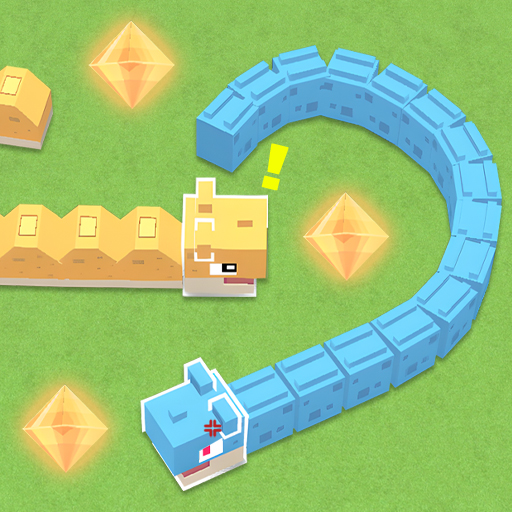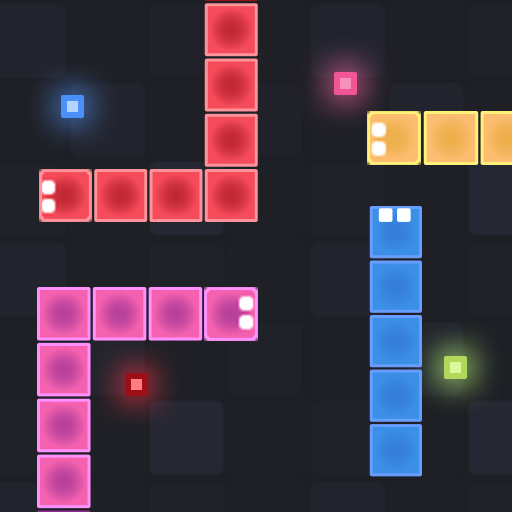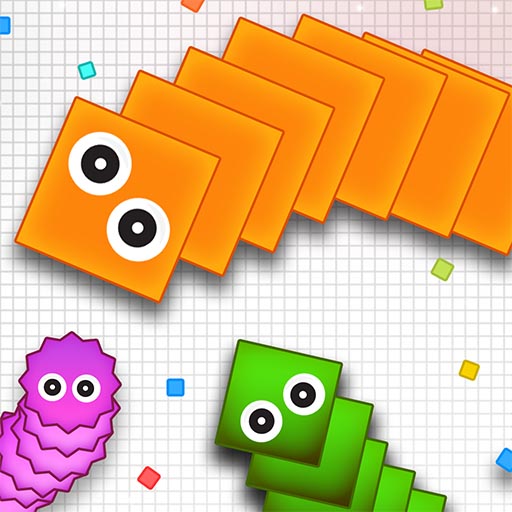Snakes and Ladders
Snakes and Ladders - Classic Board Game
Key Features
Authentic Gameplay: True to the original board game rules
- Multiple Game Modes:
- Single Player vs AI opponents
- Local multiplayer (2-4 players)
- Online multiplayer with friends Customization Options:
- Adjustable game speed
- Various board designs
- Multiple token selections Educational Benefits:
- Number recognition for young players
- Basic counting skills development
- Turn-taking practice Game Statistics:
- Win/loss records
- Longest game duration
- Most snakes encountered
How to Play
Setup
Choose number of players (1-4) Select game mode (Single Player, Local Multiplayer, Online) Pick preferred board design and tokens
Game Rules
Players take turns rolling a virtual die Move your token forward the number of squares shown Landing at the base of a ladder climbs to the top Landing on a snake's head slides down to its tail Exact roll needed to reach square 100 to win
Special Rules
Some variations include:
- Bonus rolls for rolling a six
- Penalties for rolling three sixes in a row
- Special power squares (extra roll, move backward, etc.)
Frequently Asked Questions
Gameplay Questions
Q: Is this the traditional 100-square version? A: Yes, it follows the standard 10x10 grid with 100 squares.
Q: Can I customize the number of snakes and ladders? A: In custom game mode, you can adjust the quantity and positions.
Technical Questions
Q: Does the game require an internet connection? A: Only for online multiplayer mode. Other modes work offline.
Q: What platforms is this available on? A: Web browser version works on all devices. Mobile apps available for iOS and Android.
Educational Benefits
- Teaches basic probability concepts
- Develops number recognition skills
- Encourages strategic thinking about risk assessment
- Promotes patience and turn-taking
Game Variations
- Speed Version: Timed turns
- Team Play: 2v2 matches
- Reverse Mode: Start at 100, move backward
- Obstacle Course: Additional challenges on squares
History of Snakes and Ladders
Originally known as Moksha Patamu in ancient India, the game was designed to teach moral lessons. British colonists brought it to England in the late 19th century where it became Snakes and Ladders. The modern commercial version was published in 1943.
Tips for Winning
There's no skill involved, but you can:
- Choose tokens with better visibility
- Play with fewer snakes in custom mode
- Use the practice mode to learn board layouts






